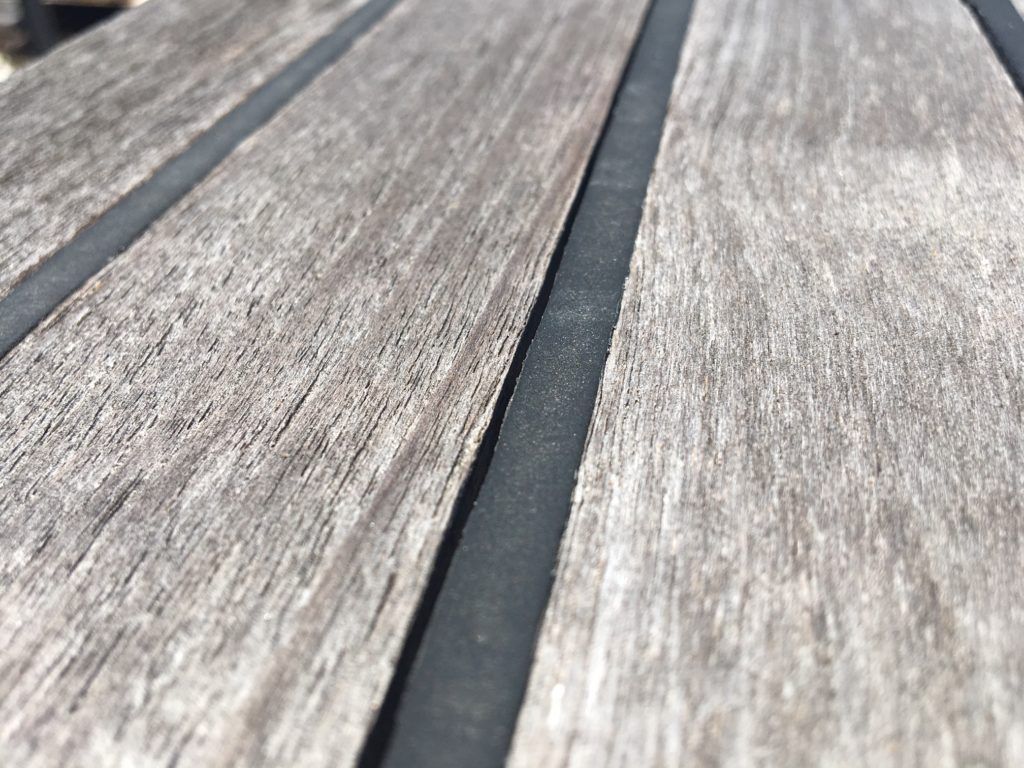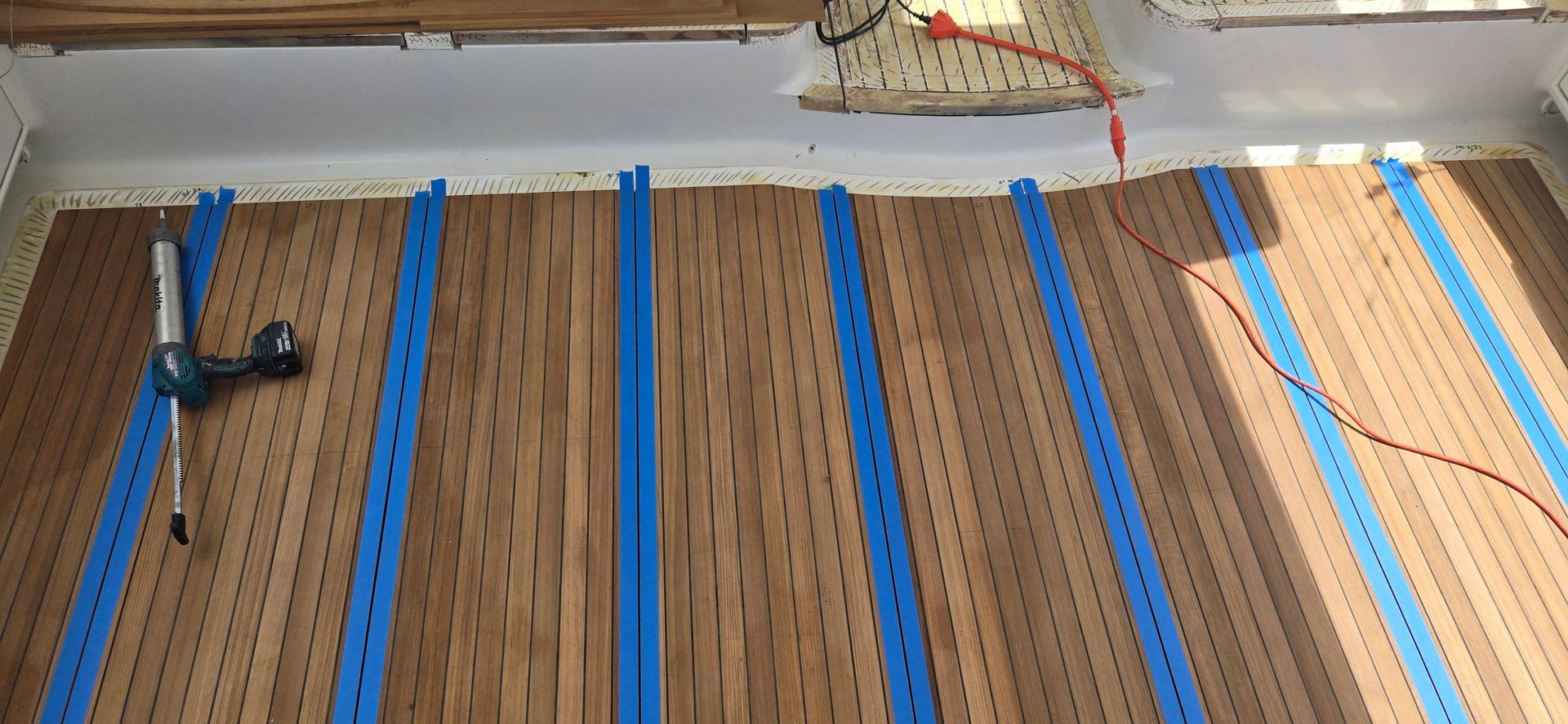Everything you need to know about cork decks
Everything you need to know about cork decks
As the industry and yacht owners move towards sustainable decking options, we have recently begun working with cork. This decision has been driven by the increasing demand from environmentally conscious customers. As more people prioritize eco-friendly choices in their purchases, cork has emerged as an ideal decking material. Known for its sustainability and numerous environmental benefits, cork offers unique characteristics that not only provide practical advantages but also contribute to a reduced environmental footprint. This makes cork a compelling choice for those looking to make greener decisions.
TDS is a distributor for Navicork by Amorim, the world leader in the cork industry, which is leading the marine revolution with cork decks that champion sustainability. With more than 150 years of history, Amorim has made an unparalleled investment in research, innovation, and design, developing a portfolio of products and solutions that set the standard for environmentally responsible decking.
Why is cork so environmentally friendly?
UNESCO recognizes cork oak forests as one of the 36 most crucial ecosystems globally, highlighting their environmental significance. Cork is one of the most sustainable resources in the world and remains the only truly carbon-negative product on the market.
Eco-Friendly & Carbon-Negative
- One tonne of cork absorbs about two tonnes of CO₂ while producing only 1.6 tonnes during processing.
- Harvesting cork does not require felling the tree, allowing forests to continue absorbing carbon dioxide.
- The bark regenerates, ensuring a sustainable and renewable material for generations to come.
Lightweight and Durable
- Cork is significantly lighter than traditional decking materials, 2 to 5 times lighter than teak, reducing overall vessel weight and fuel efficiency.
- It is highly resistant to wear and tear, making it suitable for high-traffic marine applications.
Superior Thermal and Acoustic Insulation
- Low thermal conductivity (0.065 W/mºK) minimizes condensation, reduces energy loss and keeps decks cool underfoot.
- The closed-cell structure of cork dampens structural noise, reducing onboard sound levels and acoustic performance.
Comfort & Safety
- Cork’s soft, velvety texture provides superior underfoot comfort, reducing fatigue during long periods on deck.
- Its natural non-slip properties enhance safety, making it an excellent choice for marine environments.
- It’s splinter-free and reduces impact injuries compared to traditional hardwood decks.
Design Flexibility & Aesthetic Appeal
- Available in various textures, colors, and patterns, cork decking can be customized to match the design vision of any vessel.
- Offers a unique aesthetic while still delivering the premium look and feel desired.
For more information check our
cork decking section
ALL PRODUCTS




